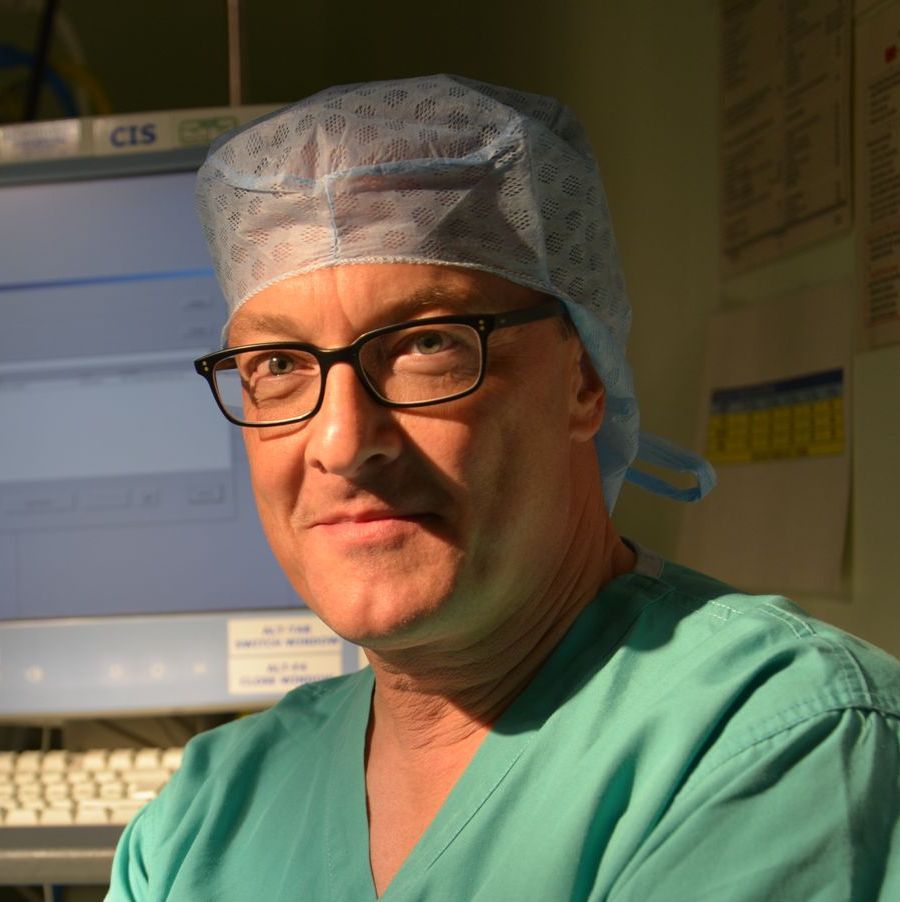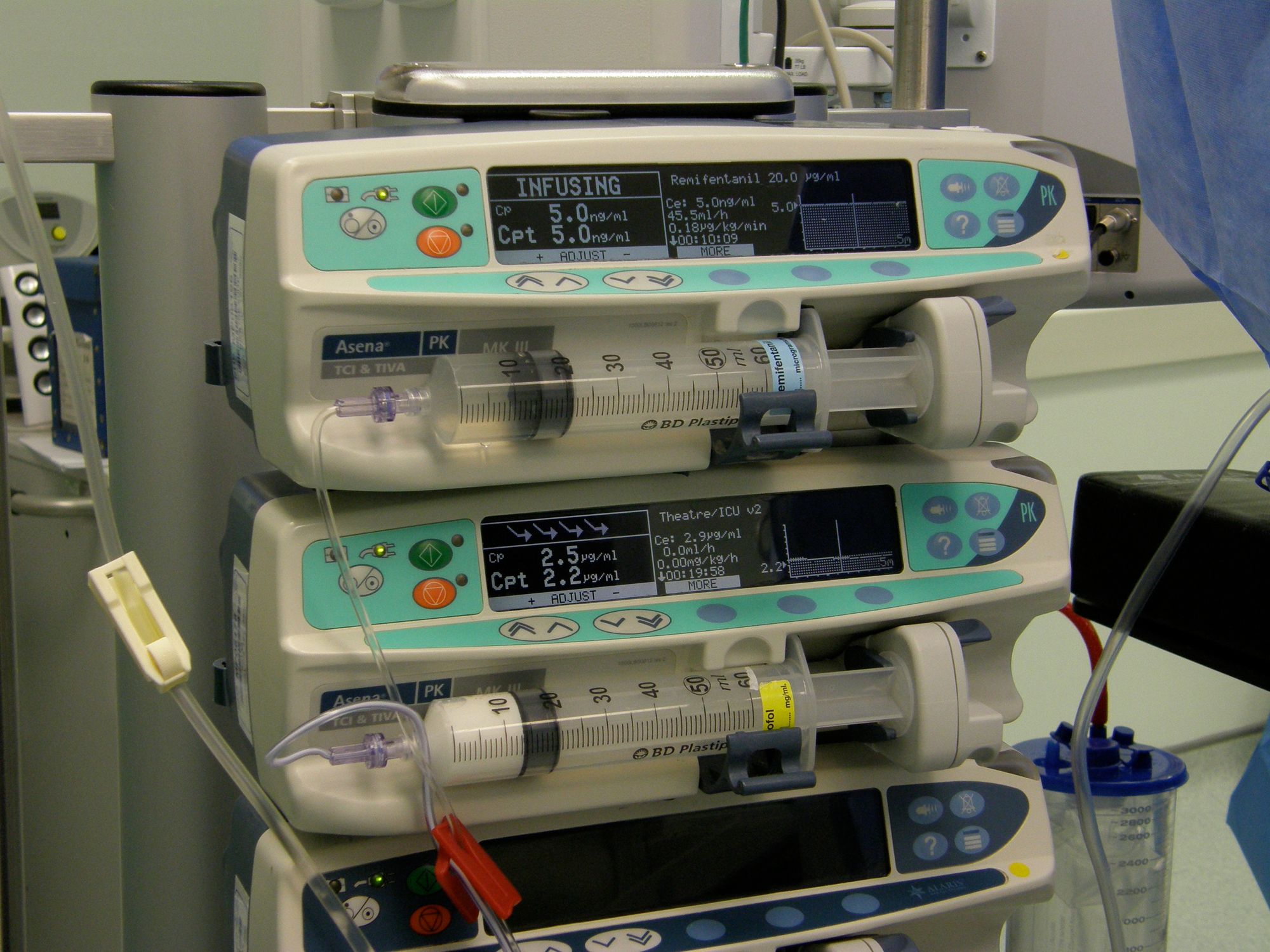Last week I was at the dentist needing a minor procedure that involved having a local anaesthetic. As the I was sitting in the dental chair receiving the injection and experiencing the numbness spreading, I was thinking about the effect site.
The concept of the effect site was first described by Holford and Sheiner [1] and adopted more recently to explain the observed delay or time differential between a given drug concentration in the whole blood or plasma and its observed effect at that time on the patient. The evolution of this relationship was used to explain changes of intensity of drug effect in relation to increasing or decreasing drug concentrations. In essence, the effect site was conceptualised as a PkPd link model.
In intravenous pharmacology of the recent past, describing the effect site has been a common feature in pharmacokinetic and pharmacodynamic modelling, mainly to demonstrate that some drugs have faster and some slower effect site equilibration characteristics. The lidocaine injection that I received seemed to have had a fairly quick onset, as the drilling began soon after and I had to pause my reflections for a moment.
Later, during my walk home, I continued to think about the effect site and how the scientific and clinical community is currently dealing with it, in particular when it comes to TCI (Target Controlled Infusion).
First up are the PkPd modellers. These are individuals who believe that a drug effect can be described with mathematical models, just as the blood concentration, characterised with coefficients and thus describing the time course of the drug effect more accurately and improving our knowledge in drug dosing [2]. When using the effect site as a control parameter in a TCI algorithm became available, most doctors thought it to be a progress over simple blood controlled TCI because it looked more scientific and complicated, so it must be good. But were we overthinking it, was the concept convincing and robust, did it work in clinical practice? Let's pause here for a moment and move on to the next group, the medical device and pump manufacturers.
The success of TCI was partially due to the clever implementation of a pharmacokinetic model and its algorithm to run an infusion device with a level of ease and simplicity not seen before. But with all computer-based devices, like our personal computers, they occasionally need an upgrade. This was done by the pump manufacturers pretty much as they liked and felt good with it, including new models, various versions of the same model and of course, effect site control. Like all technological advances, it was seen as a selling point not be missed in a competitive market. Whether it made sense was a lesser concern.
Now let's focus for a moment how the effects site is established. If you read through the publications that are mostly cited and referenced to provide the details of effect-site calculations, you come across two consistent features. One is the methodology of the Emax model, a probability of how likely a blood concentration predicts a drug effect, assuming this drug effect is either binary or linear. The second refers to the measurement of drug effect, usually a processed parameter of the electroencephalogram, mostly the BIS, occasionally other fringe versions of a processed EEG. The problem with the latter is that their validity to represent drug effect in a linear and unequivocal fashion is highly uncertain. In fact, there are plenty of recent papers dealing with the rather complex nature of general anaesthetics on brain function [3].
A typical example of how relating incremental drug effect to EEG becomes quite bizarre, are the PkPd models for opioids, especially remifentanil [4]. As opioids have little to no effect on the electroencephalogram at a dose range usually applied in anaesthesia, the effect modelling utilised the delta pattern in the EEG which you get when about three times as much opioids are administered that are required. It is difficult to imagine how this relates in any way to the anti-nociceptive effect opioids are usually used for. Therefore, I have yet to be convinced how this effect-site modelling for remifentanil TCI would assist in clinical practice.
I am now nearly back home but decided to walk a small detour in the woods to refresh my mind a bit further on the effect-site (there is still some lidocaine effect left in my jaw). I remind myself about a study where effect-site parameters were linked to observed clinical effect only and not to EEG measures [5]. Not surprisingly, the ke0 values, usually obtained to describe the link model, in this study differed from EEG-derived studies. Clinical observations may actually be more valuable than using sophisticated measures after all.
But what is the real issue with the effect site? I am thinking this through again while reflecting on a recent publication from Thomas Schnider [6] where he reports a retrospective observation from his own hospital. The paper is headlined as 'The drug titration paradox'. He observed in a large retrospective data set on TCI and BIS data that during maintenance of anaesthesia there seems to be a discrepancy between the target effect site concentrations and BIS values in the sense that often increases of effect site targets go along with, paradoxically, an increase in BIS readings. Analysing the data and putting them in a publication [6], he concludes that the link of dose and observed effect is not necessarily linear and may indeed not linked at all by the rules that we know.
Now while this scientific contribution has generated some discussion and other quick-fire letters and editorials [7], we have to be cautious in not throwing out the child with the bath water. First, the conclusions drawn have been made on data generated by using the Schnider Pk/Pd model from which we know litte on predictive performance during maintenance, particularly when used in effect site control. Secondly, and maybe more important, BIS as a wholesale measure of anaesthetic effect is almost certainly overstated. Unfortunately, is has become almost the default for clinical studies that inform developments in TCI. The complexity of the patients response to anaesthesia in general and certain anaesthetic drugs in particular as well as the limited capture of this version of the processed EEG makes it a pretty poor sensor candidate to reflect the effect site [8]. Its most relevant shortcoming, as mentioned already, is the lack of linearity in the scale relating to effect. This makes small and subtle changes to the drug concentration, as often done in TCI titration, very difficult to capture in a precise and consistent pattern. We deserve better effect site measures. Maybe machine learning algorithms can help here [9]. A recent publication from Taiwan has even shown that a ML model /neural network assisted administration of propofol can outperform that of the recently suggested Eleveld model in predicting the state of anaesthesia as reflected in BIS [10].
What Thomas Schnider's contribution has undoubtedly shown us that clinicians, as well as researchers, should continue to reflect on the clinical utility of TCI and measure its performance. To safeguard this groundbreaking technology for the future, we need to apply a healthy scepticism when judging new models and applications and always demand clinical plausibility.
It takes a long time for academic consensus to settle and years to conduct and publish studies, and even longer for an overwhelming weight of evidence to emerge. Don't get me wrong, the effect site exists. We can observe hysteresis every time we give an anaesthetic. And dose matters. There might even be specific measures and rules to describe this phenomenon for induction and, yet differently, maintenance of anaesthesia. But let's face it, we haven't found it yet.
Meanwhile I arrived at home and the local anaesthetic had completely worn off.
References:
[1] Holford NH and Sheiner LB. Understanding the dose-effect relationship: clinical application of pharmacokinetic-pharmacodynamic models. Clin Pharmacokinet 1981;6:429-53.
doi: 10.2165/00003088-198106060-00002.
[2] Coppens M, Van Limmen JG, Schnider TW et al. Study of the time course of the clinical effect of propofol compared with the time course of the predicted effect0-site concentration: performance of three pharmacokinetic-pharmacodynamic models. Br J Anaesth 2010;104:452-8.
[3] Brown EN, Pavone KJ and Naranjo M. Multimodal general anesthesia: theory and practice. Anesth Analg 2018;127:1246-58.
[4] Minto CF, Schnider TW, Egan T, et al. Influence of age and gender on the pharmacokinetics and pharmacodynamics of remifentanil. 1. Model development. Anaesthesiology 1997;86:10-23.
[5] Thomson AJ, Nimmo AF, Engbers FH and Glen JB. A novel techniques determine an 'apparent ke0' value for use with the Marsh pharmacokinetic model for propofol. Anaesthesia 2014;69:420-8.
[6] Schnider TW, Minto CF and Filipovic M. The Drug Titration Paradox: Correlation of more drug with less effect in clinical data. Clin Pharmacol Therapeut 2021;110:401-8.
[7] Egan TD. The drug titration paradox: something obvious finally understood. British Journal of Anaesthesia, 128 (6): 900e902 (2022).
[8] Pullon RM, Warnaby CE, Sleigh JW. Propofol-induced Unresponsiveness Is Associated with a Brain Network Phase Transition. Anaesthesiology 2022; 136:420–33.
[9] Abel JH, Badgeley MA, Meschede-Krasa B, et al. Machine learning of EEG spectra classifies unconsciousness during GABAergic anesthesia.PLoS ONE 16(5): e0246165.
[10] Lee HC, Ryu HG, Chung EJ, et al. Prediction of bispectral index during target-controlled infusion of propofol and remifentanil. Anaesthesiology 2018;128:492-501.

